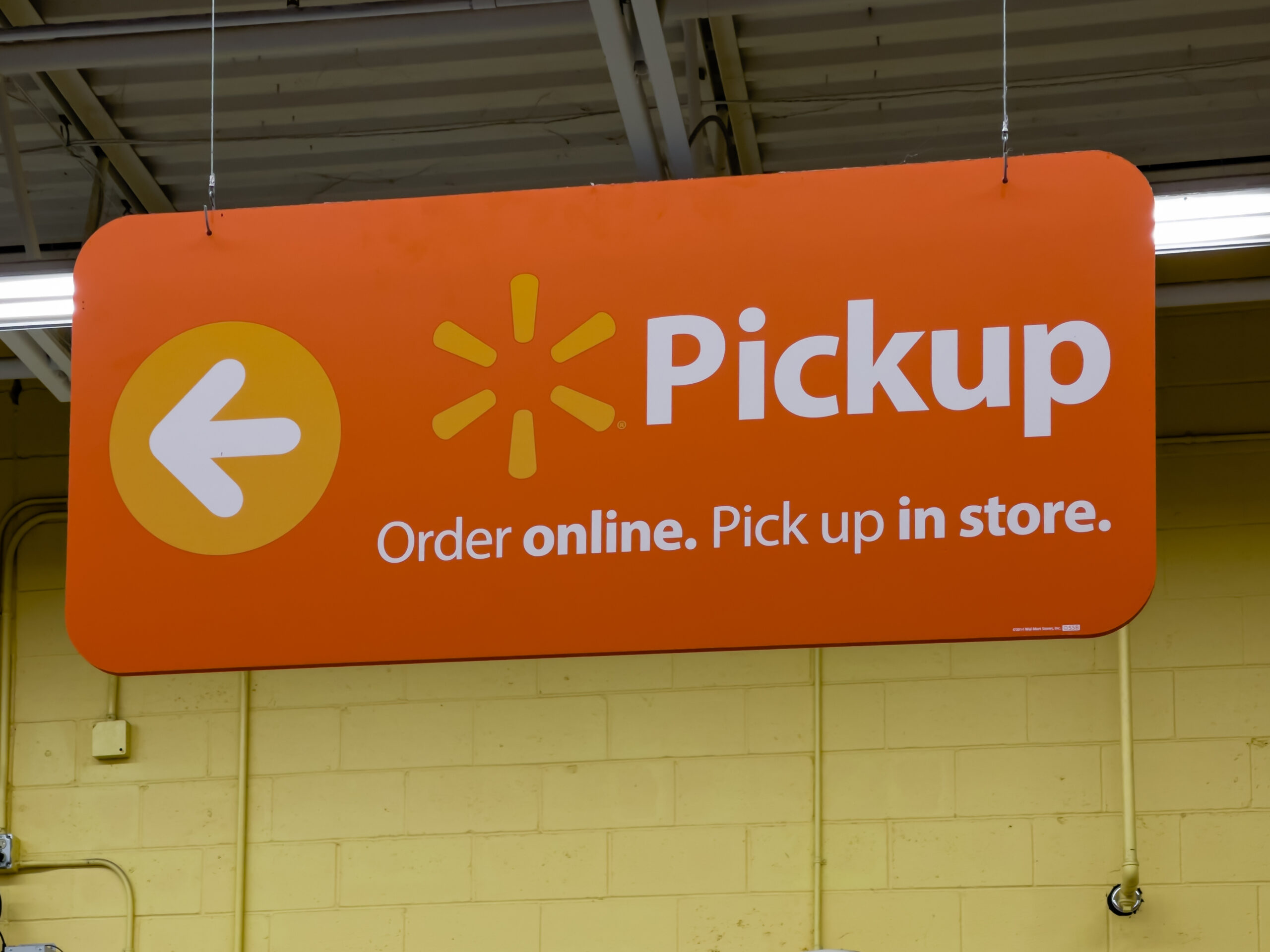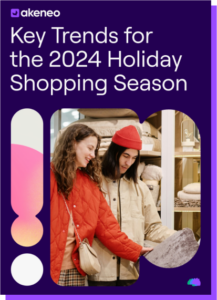Discover the meaning of BOPIS and how to execute it effectively. By integrating hybrid shopping into your business, you can bring together the best of both digital convenience and in-store experiences, creating a seamless journey for your customers while ultimately driving sales.

Table of Contents
Keywords
Two of the best things in the world combined are like a shortcut to happiness. Think sunshine and a much-needed vacation at the beach. Or a nice glass of cold milk with warm, gooey chocolate chip cookies! And, of course, a fast, efficient digital site paired with a well-structured physical store.
Customers love the convenience of online shopping — placing orders with a click and having them shipped anywhere they choose. But, even with the implementation of AR/VR, digital shopping can’t always replicate the tactile experience of physically interacting with a product in-store. This is why 75% of customers cite inconsistent sizing as the main reason for returning items — a problem that could be avoided through in-person shopping. However, shopping in physical stores comes with its own set of challenges, lacking the ease of access and convenience offered by its digital counterpart.
Despite their shortcomings, these two shopping methods are at their best when combined — eliminating their individual problems when together. This is where BOPIS shines.
The quirky acronym stands for ‘Buy Online, Pickup In-Store’, a shopping model where customers can purchase products from eCommerce sites and collect them from a store location once their order is ready. It strays away from the fuss you’d get with traditional online shopping, such as shipping costs, delayed deliveries, unmet expectations of bought goods, and other upsetting issues.
It’s a well-known fact that retailers and brands need to connect with their customers. That’s why BOPIS stands out as an ideal shopping model for building and fostering these relationships. It bridges the gap between digital and in-store retail, seamlessly filling the in-between with hybrid shopping which is a convenient option for shoppers.
Flexibility and accessibility — two words that every customer wants to hear. They derive from the click-and-collect model, enabling customers to fulfill their orders on their terms and ensuring their purchases and returns are finalized efficiently, ultimately enhancing the customer experience.
But how does it all work? Well, it’s quite simple really.
BOPIS is carried out in three key stages. Let’s go through them:
1. The customer buys a product online through a website, mobile app, or a social media shop: After adding their shopping to the cart, they can select an in-store pickup location on the checkout page (and might even have the option to select a time). With real-time local inventory updates, businesses can display if a product is in stock or out of stock, providing customers with a product’s availability status.
2. The business fulfills the order: Next, is the in-between stage of ordering and receiving the product — the processing of an order. There are two order fulfillment scenarios when ordering through BOPIS:
3. The customer picks up the order: Now the customer can collect their order! They’re informed of where to go which, like I mentioned before, can be from a store, or from a designated pick-up location. Some organizations even offer curbside pickup which allows the order to be given to the customer whilst they’re in a car — shown to be a convenient option for those who drive.
To ensure BOPIS is implemented effectively, customers should receive a clear explanation of how it works, aligned with the specific requirements it might have with the company they’re shopping from. A company that does this well is Macy’s as they provide and clarify information on their customer service page on how their consumers should carry out BOPIS and curbside pickup when using their website and physical store.
Okay, so now you know what BOPIS is, but you’re probably wondering what it has me so fired up about. Well, there’s more to the word than just how funny it sounds.
BOPIS consistently proves to be highly beneficial for retailers and consumers. Online shopping often requires customers to cover shipping fees for their orders. However, this can be costly for businesses, as they must also handle the expense of moving goods from a distribution center. By eliminating the need for delivery, BOPIS not only helps reduce these costs but also spares customers from paying shipping fees. This is why 48% of US consumers prefer the hybrid shopping model!
It’s clear that eCommerce sites have grown popular for their convenience, often discouraging people from stepping into ‘brick-and-mortar’ locations. BOPIS requires customers to visit physical stores to collect their orders, enabling them to browse around and make additional purchases. As a result, it boosts in-store sales and strengthens customer retention — such as 47% of online shoppers stating that they buy more products while picking up their orders.
With these advantages and more, BOPIS is clearly a win-win solution—allowing businesses to keep their customers satisfied, boost revenue, and minimize unnecessary costs!
So how do you exactly make sure you ‘win’ with this hybrid shopping model? Here are some ways to implement a good BOPIS strategy:
When it comes to hybrid shopping journeys like BOPIS, having access to reliable, up-to-date product data is paramount for your business to succeed. PIM solutions centralize product data, serving as a single source of truth, and allow brands to manage and distribute product data consistently across all channels, whether that be on a website, a mobile application, a social media store, or in a physical location. With it, brands and retailers can efficiently manage and optimize their omnichannel offerings, ensuring customers receive accurate product information across both online and offline channels.
BOPIS relies on real-time visibility, making a robust inventory management system essential. Implementing such a system ensures products are available for pickup, avoiding false expectations for customers and preventing businesses from customer alienation.
To facilitate a swift order collection, you must establish a clear and convenient pickup area within your store or designated location. It should be close enough to the inventory to allow products to be quickly retrieved and handed off to customers by employees.
This goes beyond a simple social media campaign to advertise the business (though that’s always a plus). It’s about guiding the customer through every step of their journey, from the moment the order is placed to when it’s received—keeping them informed at every stage. Providing clear and necessary updates leaves out gaps for mistakes, ensuring a smooth experience!
BOPIS thrives in a time where it fits perfectly more than ever. In the post-COVID-19 era, consumer shopping behaviors have evolved to embrace both physical and online experiences. The growing preference for hybrid shopping allows customers to conveniently place orders wherever they are and carry out in-store interactions when collecting them.
With BOPIS, your business can showcase its flexibility by seamlessly blending online and offline channels, giving customers access to the best of both worlds. Ultimately, it enhances customer satisfaction and loyalty by consistently meeting your consumers where they are, providing convenience, efficiency, and a shopping experience aligned with their preferences.
From omnichannel optimization to sustainability-driven purchases, discover how to maximize holiday sales and minimize the dreaded post-holiday return season.
